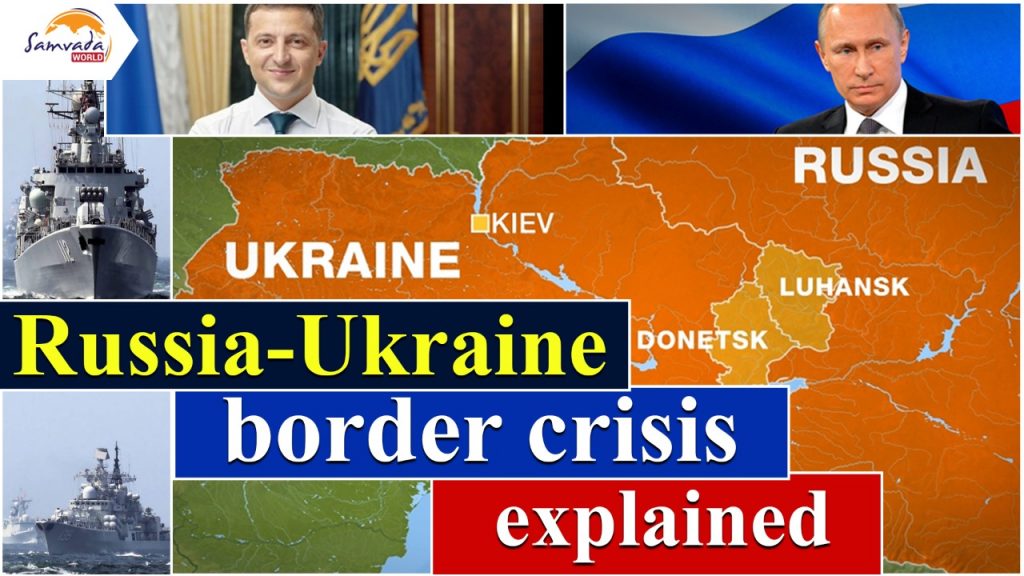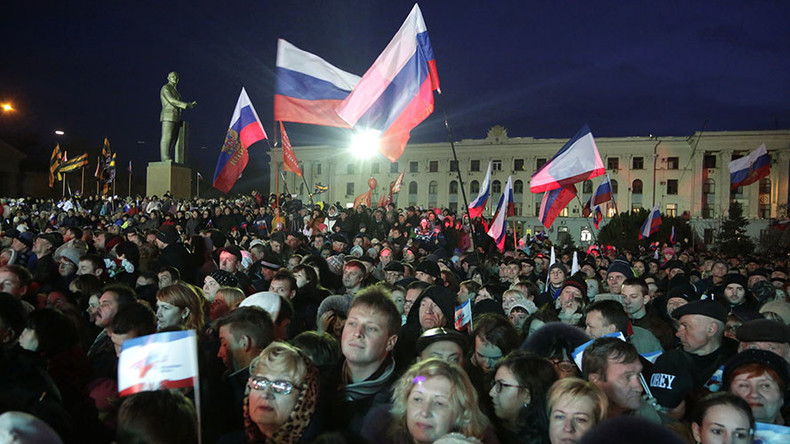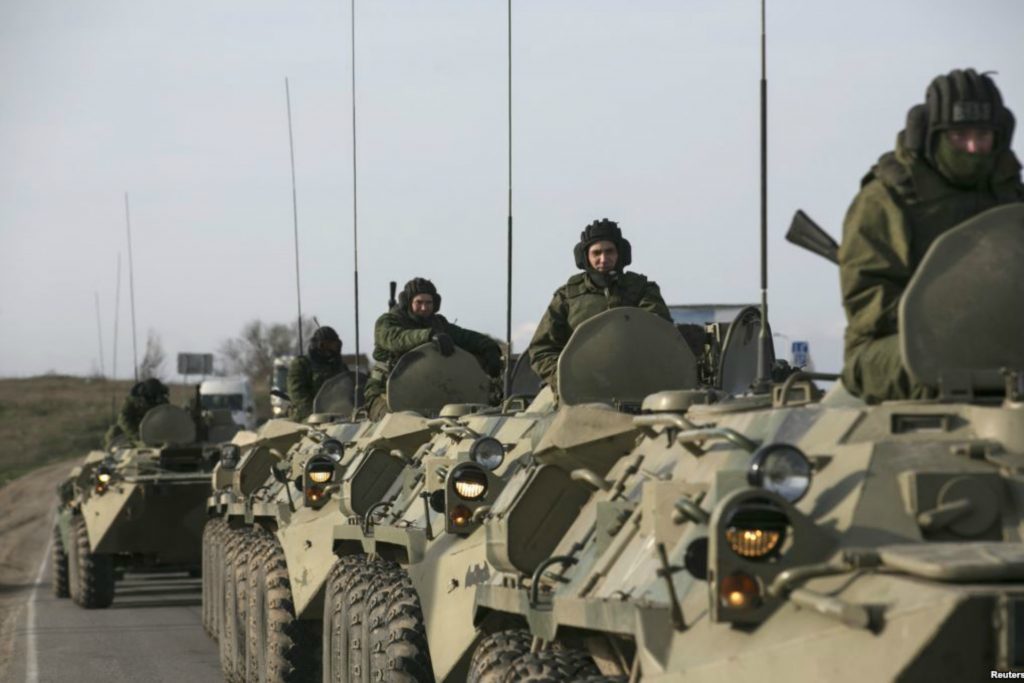
Russian Defence analyst Pavel Felgenhauer has warned that the Russia-Ukraine crisis could spiral into a full-scale war and even spread across Europe within four weeks’ time if it is not doused in time. Felgenhauer warning comes as Russia deploys more than 4,000 troops close to the Ukrainian border. The conflict has killed at least 14,000 people since 2014, according to estimates.
Russia-Ukraine border crisis explained
Russia has dispatched soldiers, tanks and armoured vehicles to the Ukrainian border. Ukraine and Russia have blamed each other for the present crisis. While Ukraine accuses Moscow and pro-Russian separatists of violating the July 2020 ceasefire, Russia says that US and NATO are using Ukraine to target it and it will do everything to defend its interests.
The origin of the present crisis lies in the status of the Ukrainian regions of Crimea and Donbass. In November 2013, President Viktor Yanukovych rejected a deal for greater integration with the European Union. This sparked mass protests in the country which was put down violently by Yanukovych.
Russia backed Yanukovych in the crisis, while the US and Europe supported the protesters. In February 2013, anti-government protests toppled the government and forced Yanukovych to flee the country.
In 2014, 90% of Crimeans voted in favour of reunification with Russia in a nation-wide referendum. The referendum was regarded as illegitimate by most members of the European Union, the United States and Canada citing Russian influence.

In April that year, pro-Russia separatist rebels began seizing territory in eastern Ukraine. The rebels shot down Malaysian Airlines flight 17 on July 17, killing 298 people, probably accidentally. Fighting between the rebels and the Ukrainian military intensified. By August, the rebels started losing and Ukrainian army was on the verge of victory.
In March 2014, Russian special forces occupied Crimean peninsula. Russia claimed it was protecting its access to the Black Sea.
Further, Ukraine planned to develop Crimea’s natural gas reserves in partnership with the US. Ukraine has the support of the US and the EU in the oil exploration and export endeavour. Today, one faction in Ukraine wants to align with the EU and the other with Russia. But Crimea is home to ethnic Russians who don’t want to be part of the EU.
Ukrainian says current armed forces built-up by Russia is a threat to its security.

With both sides showing no signs of relenting, defence analyst Pavel Felgenhauer observes that with threats growing rapidly, the recent troop build-up is a very bad sign. “The crisis has the potential to escalate into a pan-European war, if not even a world one.” he says.
If Russia invades Ukraine, the United States and NATO could retaliate. The United States has already pledged ‘unwavering support’ to Ukraine even as Russian fighter aircrafts, helicopters, artillery unit, and army tanks have amassed on the border. NATO has warned Russia against formally deploying military troops into Ukrainian territory.
The crisis on the Russia-Ukraine border has create a war-like scenario and has Europe on high alert. The EU has blacklisted dozens of Russian officials on grounds of the Ukraine war, human-rights abuses, chemical weapons, and cyber-attacks. It has also restricted business with Russian banks and energy firms.
